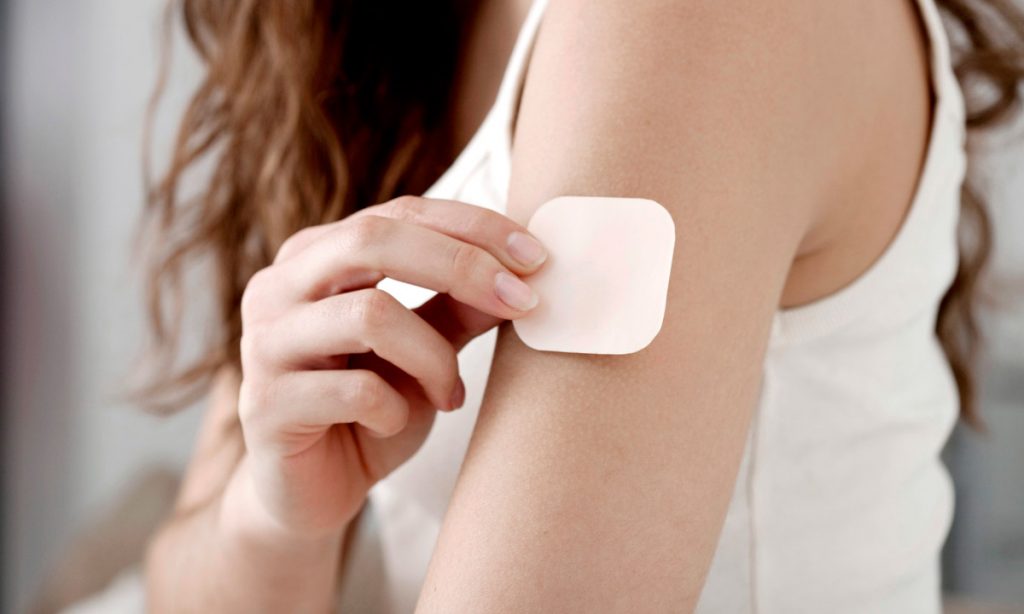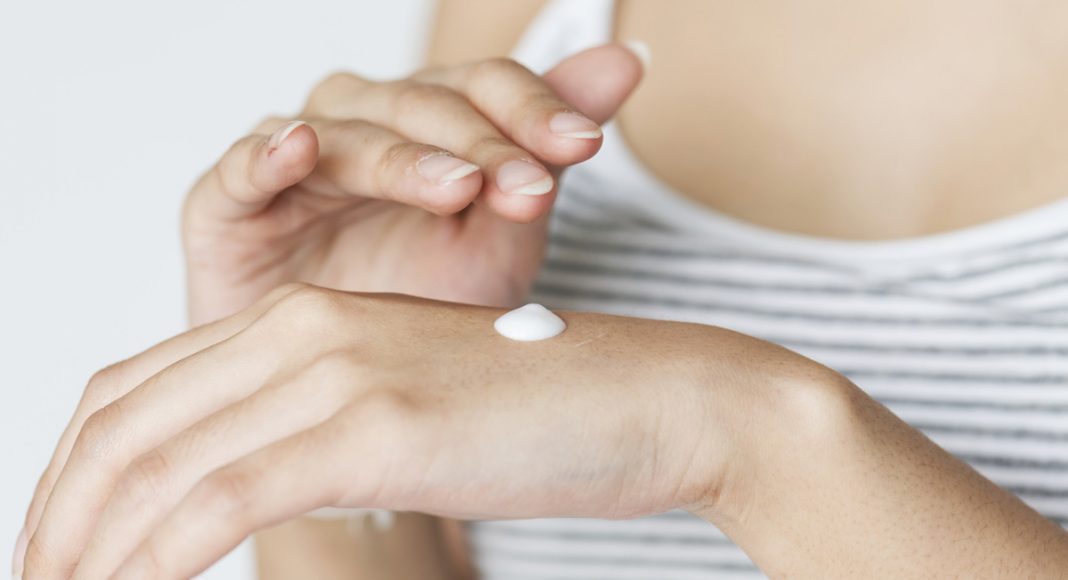Transdermal cannabis is not your mother’s hemp-infused lotion she buys in bulk from Costco. It often comes in the form of a patch, oil or salve, and is applied topically.
It’s a scenario you might be familiar with: you come home after a day of snowboarding, or a post-work pickup soccer game, and you realize you’re already sporting a nice, yellow bruise from a fall or a tussle.
You might apply ice to that bruise, pop an ibuprofen, rub on some arnica, or maybe even take a bath with some Epsom salts.
But now, there’s another type of treatment you may be able to add to your recovery regimen: transdermal cannabis.
Transdermal cannabis is not your mother’s hemp-infused lotion she buys in bulk from Costco. It often comes in the form of a patch, oil or salve, and is applied topically.
It is not, however, a “topical.” You might have heard of cannabis topicals — usually lotions or creams that you can apply to your skin. But topicals are only skin-deep; they only impact your epidermis, or the top few layers of your skin. Transdermals go deeper into the dermis layer, or the layer beneath the epidermis.

The dermis contains the body’s microcirculation system, and so transdermal cannabis actually enters the bloodstream, which can take it and its effects around the entire body. While topical cannabis will have some impact on inflammation and pain, they won’t get you high and won’t go into your muscles – they’re primarily for your skin. Transdermals, though, do have the potential to give you a high if they contain THC (depending also on your tolerance and how much you apply).
RELATED: Does Soaking In CBD Help Sore Muscles?
Even the method of delivery can change the impact of a transdermal cannabis product. Patches, which are used in many different types of medicine, cannabis and non-cannabis – typically are made to delivery a specific dose regularly over a long period of time. The most well-known transdermal patch is Nicoderm CQ, which is a nicotine-based treatment to help people stop smoking. There are also contraceptive patches, patches to help with motion sickness, and more.
Transdermal cannabis can also be applied as a salve, typically in order to achieve a more concentrated effect without the need to stretch it over a long period of time.

Mary’s Medicinals, for example, is a California-based brand that sells transdermal cannabis in the form of both a patch and a salve. The patch is billed as a way to provide a set amount of CBD and THC over 8-12 hours. The salve, or “compound,” meanwhile, is advertised as potentially providing relief for “nerve pain, arthritis and joint pain, menstrual cramps, psoriasis and more,” and only lasts three hours.
RELATED: Top Tips For Using Cannabis Pain Patches For The First Time
So far, there have been initial reports about transdermal CBD helping with everything from post-workout bruising to nerve pain and fibromyalgia.
But does it actually work?
There aren’t enough studies on this yet to say definitely, but one study showed that the use of transdermal CBD reduced inflammation and pain in rats with arthritis. The study used gel CBD and found that after four days of use, it “significantly reduced joint swelling.”
One important thing, though, to note about transdermal cannabis: it is much likelier to trigger a positive drug test than topical cannabis, because it absorbs deeper into your skin and reaches the blood stream.


